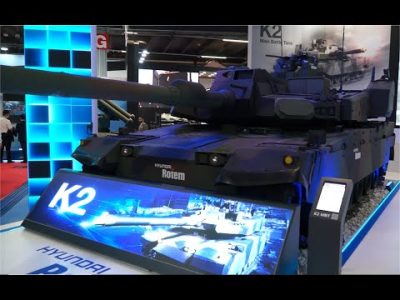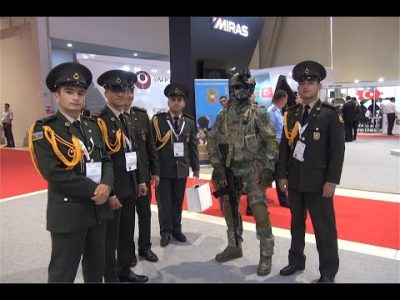Published on 02/06/2021 – Last Updated on 02/06/2021 by OTC
The U.S. global power depends on maintaining its superiority over the seas and oceans. Therefore, the U.S. Navy must produce new weapons and technologies to protect the aircraft carrier task groups, which form the backbone of the naval force, against Russian and Chinese submarine threats.
Russian and China are working steadily to expanding their underwater fleets, including more modern types of submarines specifically to be quieter and, as a result, harder to detect and track underwater. Despite limited defense budgets, the Kremlin continues to invest heavily in developing and fielding newer and more advanced submarines that can better elude U.S. and NATO forces.
U.S. Navy is looking to expand its other underwater capabilities for countering the mentioned threat. One of the offers to meet this need of the U.S. Navy came from Northrop Grumman and U.K.-based firm Ultra. Northrop Grumman Corporation and Ultra conducted a test of a modified, manned Bell 407 (acting as an MQ-8C Fire Scout surrogate) platform with Ultra sonobuoys, receiver, and processor to complete an unmanned aircraft systems (UAS) anti-submarine warfare (ASW) capability demonstration.
This successful demonstration of the UAS ASW mission on October 29 was the first time a vertical takeoff surrogate unmanned aerial system (VTUAS) had been used to conduct a large area multistatic acoustic search. The mission payload and effects were controlled from the ground, with the resultant ASW picture disseminated to locations worldwide.
Dan Redman, Northrop Grumman’s Fire Scout Maritime Mission Expansion Lead, said in a statement that “Adding an ASW (anti-submarine warfare) capability to Fire Scout’s existing multi-mission capabilities would further enhance this highly-versatile platform.” “This ASW capability would offer commanders flexibility to employ not only UAS systems in this particular ASW role, but also utilize the increased availability of crewed aircraft more incisively against an expanded mission set. This would increase the total available effect of the manned/unmanned teamed force mix.”

Since there are significant potential benefits to adding the ability to drop sonobuoys and process and disseminate the information they collect, The U.S. Navy has shown interest in the development. It continues to support and monitor progress for the MQ-8C fire scout drone helicopter’s submarine-hunting kit.
Improvements in artificial intelligence and machine learning could help the MQ-8Cs process the data they receive from the sonobuoy arrays and rapidly. This could also allow them to weed out unwanted data and false positives before even passing anything along to human anti-submarine warfare personnel, reducing their workload and otherwise speeding up the search process.
There’s also the possibility that MQ-8Cs could prosecute threats directly, either with some level of engagement from a human operator or entirely autonomously based on a defined set of parameters.
The tactics in which unmanned underwater vehicles, helicopters, maritime patrol aircraft, and nuclear submarines are used together in a network-centric warfare concept may be the solution to the Russian and Chinese submarine threat U.S. Navy in the near term.
The post U.S. Navy to develop new solutions for growing Chinese sub threats appeared first on Naval News.














Comments